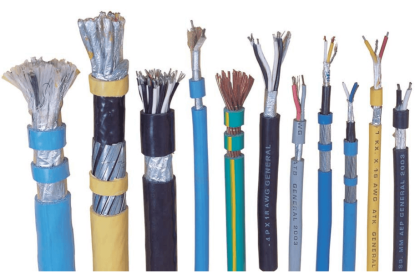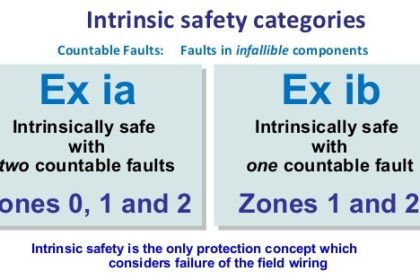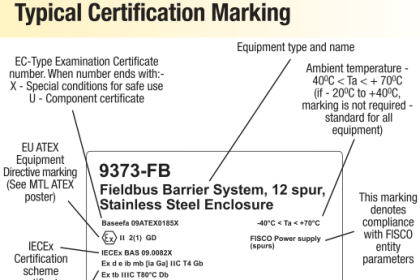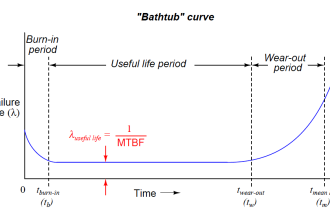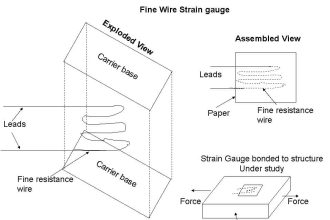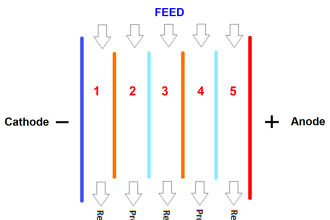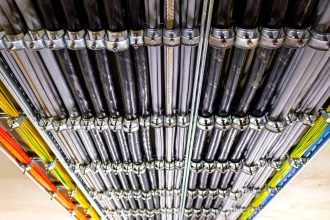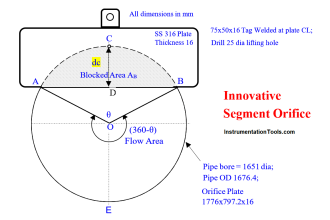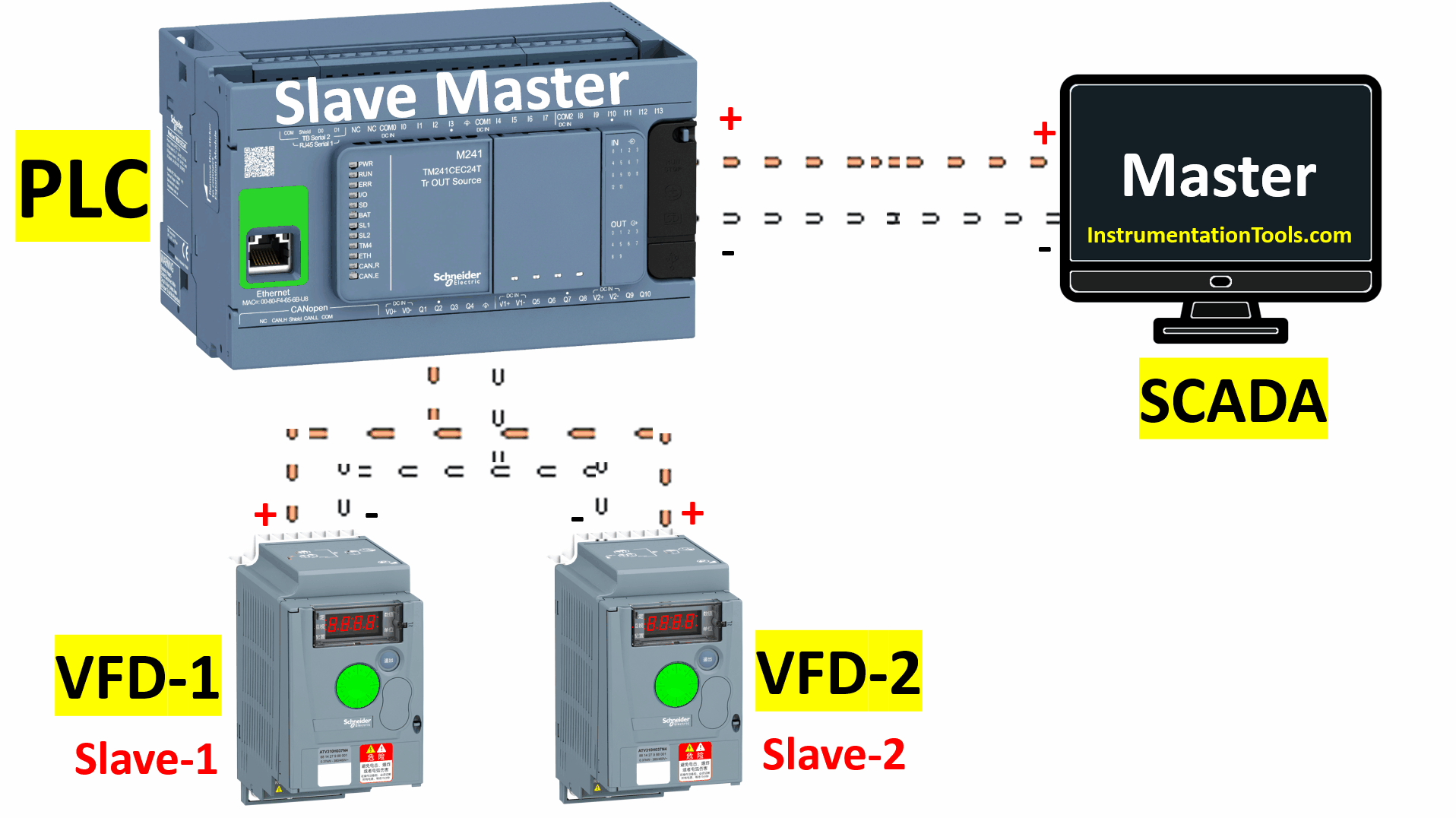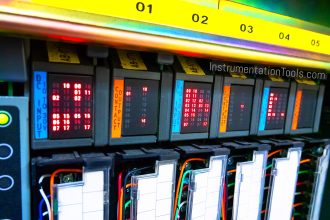What is IEC 61508?
IEC 61508 (previously IEC 1508) is a seven-part standard that defines specific direction and guidelines on the functional safety of electrical/electronic/programmable electronic (E/E/PES) safety related systems.
Developed by the International Electrotechnical Commission (IEC, Geneva, Switzerland), the standard directs proper management of all components of Safety Related Systems (SRS), from sensors and logic solvers, to the response function applications that will take the process to a safe state when predetermined variables are attained. The standard applies to the entire life cycle of the safety system, from concept, specification, design, operation and use, to the final decommissioning.
The first three parts of the standard provide for management, development, deployment, and operation of the E/E/PES products’ system hardware and software for safety. The remaining four parts of the standard deal specifically with definitions, applications and informative annexes to standard.
IEC 61508 is universal and can be used directly by any industrial process industry that utilizes E/E/PES safety related systems as a “standalone” standard, and also by international standards organizations as a basis for the development of sector standards.
Applications and guidelines based on IEC 61508 have been established and executed by many industries prior to its formal publication. These companies, predominantly European-based, have supported IEC 61508 from its earliest draft stages in 1998. Parts 1, 3, 4, and 5 of the standard were published in 1998 (with a correction included in 1999) and the three remaining portions were published in March and April of last year. Certification has begun in the UK, and worldwide recognition has gained considerable momentum with accreditation and certification currently underway for organizations in the United States and Japan.
The Seven Parts of IEC 61508
IEC 61508-1
Key to system integrators, part one defines the overall safety lifecycle process. The standard employs qualitative or quantitative techniques to identify the process risk to the safety related system. These techniques may focus on such activities as project management, quality assurance and configuration management. As a consequence of its focus on the industrial process, Part one specifically applies to the performance for the E/E/PES system in the field.
IEC 61508-2
Part two provides objectives for the safety development of the E/E/PES. Software is further defined in part three however, it should be noted that part two maintains jurisdiction.
IEC 61508-3
Part three provides objectives for the safety development of the software residing in the E/E/PES.
IEC 61508-4
Part four provides the definitions, abbreviations and terminology used in the safety process that must be adhered to maintain consistency. I
EC 61508-5
Part five provides the formal approach for determining the Safety Integrity Level (SIL) of the safety system (SIS or SRS).
IEC 61508-6
Part six offers guidelines for applying IEC 61508 parts two and three.
IEC 61508-7
The final portion of IEC 61508 provides the safety techniques and measures relevant to parts two and three. These are industry-wide methods that the standard employs for safety.
What is the International Electrotechnical Commission (IEC)?
Founded in 1906, the International Electrotechnical Commission (IEC) is the global organization that prepares and publishes international standards for electrical, electronic and related technologies. The IEC was founded as a result of a resolution passed at the International Electrical Congress held in St. Louis in 1904.
Who are the Members of IEC?
Membership of IEC consists of more than 60 countries, including all major industrial nations around the globe, and a growing number of developing countries. There are two forms of active participation in IEC: Full members are National Committees each having equal voting rights. Associate membership allows for limited participation of countries with limited resources. Associate members have observer status and can participate in all IEC meetings, however maintain no voting rights.
What is the Role of an IEC Member?
Upon becoming a member of the IEC, each National Committee agrees to open access and balanced representation from all private and public Electrotechnical interests in its country. The whole organization of the IEC is designed to ensure that the National Committees play a leading part in all decision-making instances of the Commission. This enables the widest degree of consensus on standardization work to be reached at an international level. It is up to the National Committees to align their policies accordingly at the national level. For more information please visit the company’s website www.iec.ch.
What is the CASS Scheme?
CASS (Conformity Assessment of Safety-related Systems) is the framework used by third party accredited certification companies to assess and certify organizations to requirements set by IEC 61508. Moore Industries is certified to IEC 61508 by Sira Test and Certifications Ltd. using the CASS scheme.
CASS Benefits
- Enhance confidence in the safety of complex electrical, electronic and programmable electronic systems through the availability of an accredited certification system.
- Reduce procurement costs by avoiding re-assessment on a product by product basis.
- Reduce long-term operational and capital costs by facilitating the use of a ‘building block’ approach using certified components with recognized safety characteristics.
- Reduce design and development costs for systems that utilize these components.
- Generate increased end-user confidence in current and emerging technologies that can offer flexibility and cost reductions without compromising safety.
- Promote international trade in certified equipment by providing manufacturers with independent and internationally recognized endorsement of their product.
- Provide a yardstick to national regulatory authorities assessing ‘fitness for purpose’ and best practice of installed systems.
- Create and organize a group of competent assessors qualified to carry out assessments.
Types of CASS Assessment
Type 1 – Application Independent (Component Assessment)
Functional Safety assessment of components or software products that are separate from the application, and sold as a generic product.
Type 2 – Application Specific Products
Applies to organizations that are responsible for the configuration and or integration of components and sub-systems in order to deliver the safety system to the end user. This covers application specific assessments of electrical , electronic, and programmable electronic systems that have been configured for a particular function.
Type 2 has two sub-types:
- Integrated system assessment, typically for tailored installations.
- Applies to part of an integrated system built from supplied components such as input interfaces, logic solver and output interfaces, normally without sensors or actuators.
Type 3 – Operations and Maintenance Assessment
Covers assessment of operations and maintenance regimes for the safety related system. It applies to organizations involved with the policies, procedures, documentation and records of all activities involved with managing functional safety for installed and operating electrical, electronic and programmable electronic safety systems
Type 4 – Safety Requirements Assessment
Covers assessment for the requirements capture, hazard and risk analyses for an application specific safety system and usually applies to the operator who is obtaining the system.
Type 5 – Functional Safety Capability Assessment (FSCA)
Assesses the organization’s functional safety capability. Specifically it relates to the processes, not to individual products and systems.
Source : Moore Industries

